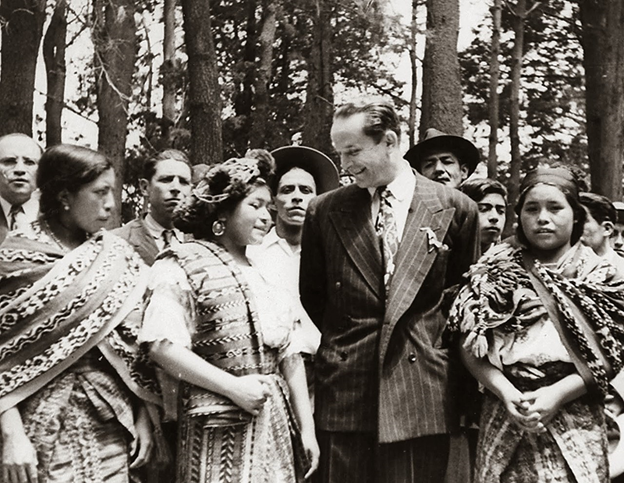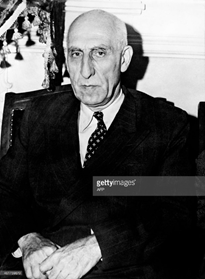Guatemala and the CIA

While the Soviet Union often supported oppressive Communist regimes, the United States supported any regime that opposed Communism, sometimes intervening to overturn elections when the results seemed to favor the Soviet Union. This was the case when the Eisenhower administration allowed the CIA to support a coup to overthrow the president of Guatemala after he nationalized properties owned by the United Fruit Company. United Fruit owned key Guatemalan infrastructure, including railroads, the harbor, telephone system and held a monopoly over Guatemala’s cash crop – bananas.
Macrohistory: Guatemala, Unrest and Civil War (2 pages)
United Fruit Historical Society Chronology: Timeline
Page from the CIA document outlining the overthrow of President Arbenz in Guatemala. Read the whole document here.
The Iranian Coup

Also during the 1950s, the United States and Great Britain backed a coup intended to overthrow Iran’s Prime Minister, Mohammed Mossadegh, an event that helped create the anti-American climate that still seems to prevail in Iranian politics. The CIA plan included measures to undermine Mossadegh’s political base, bribing members of parliament, gaining the cooperation of the Shah, and even organizing demonstrations. The goal of the coup was to install a pro-Western government after it seemed that Mossadegh might become too friendly with the Soviet Union, which wanted access to Iranian oil and ports.
National Security Archives: Iranian Coup
Knowledge Check
Use the following ungraded, self-check questions to confirm your learning for this module.
References
Byrne, Malcom. “CIA Confirms Role in 1953 Iran Coup.” NSA Archive, August 19, 2013. Accessed May 25, 2015. http://nsarchive.gwu.edu/NSAEBB/NSAEBB435.
Westad, Odd Arne. The Global Cold War: Third World Interventions and the Making of Our Times. Cambridge: Cambridge University Press, 2005.

